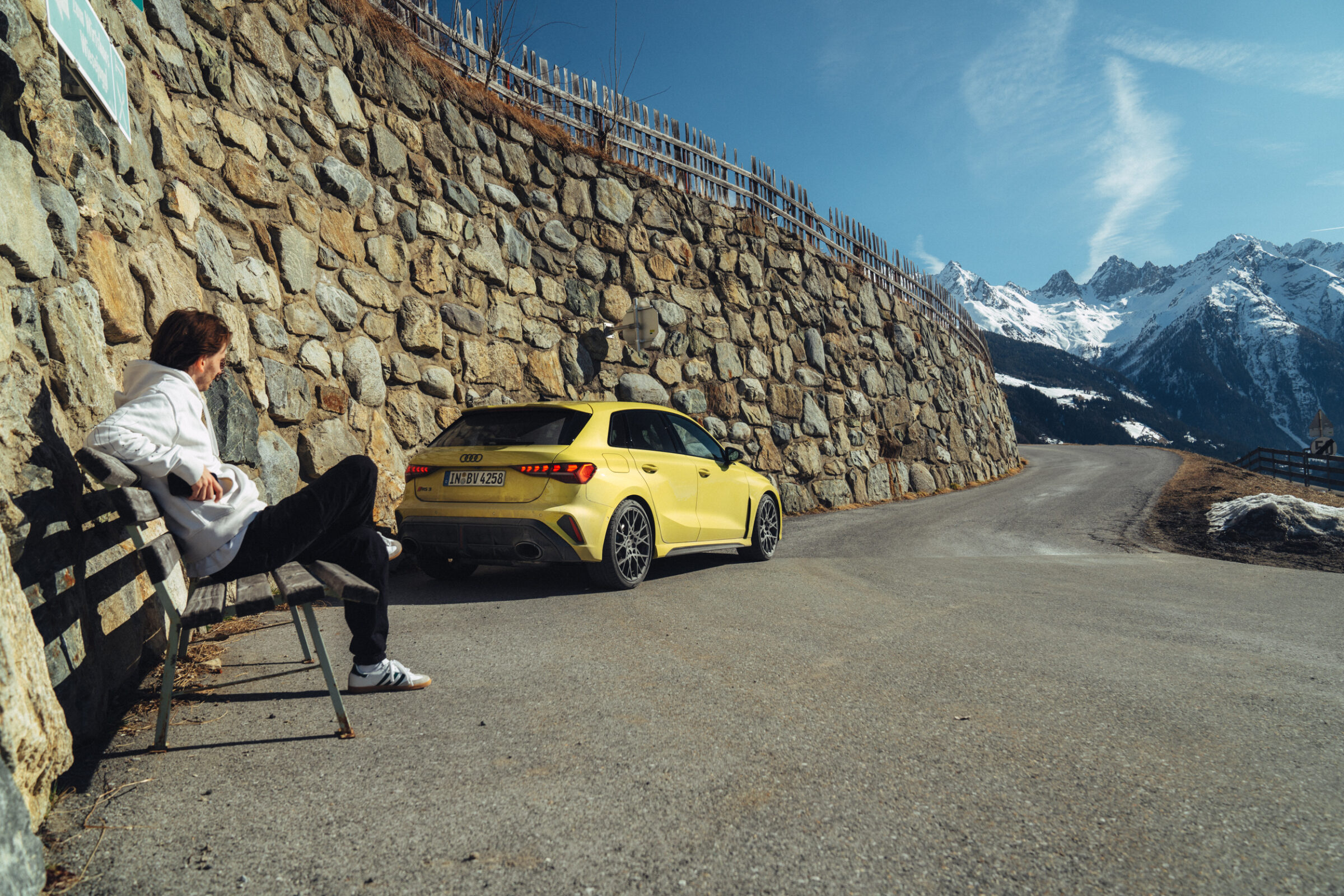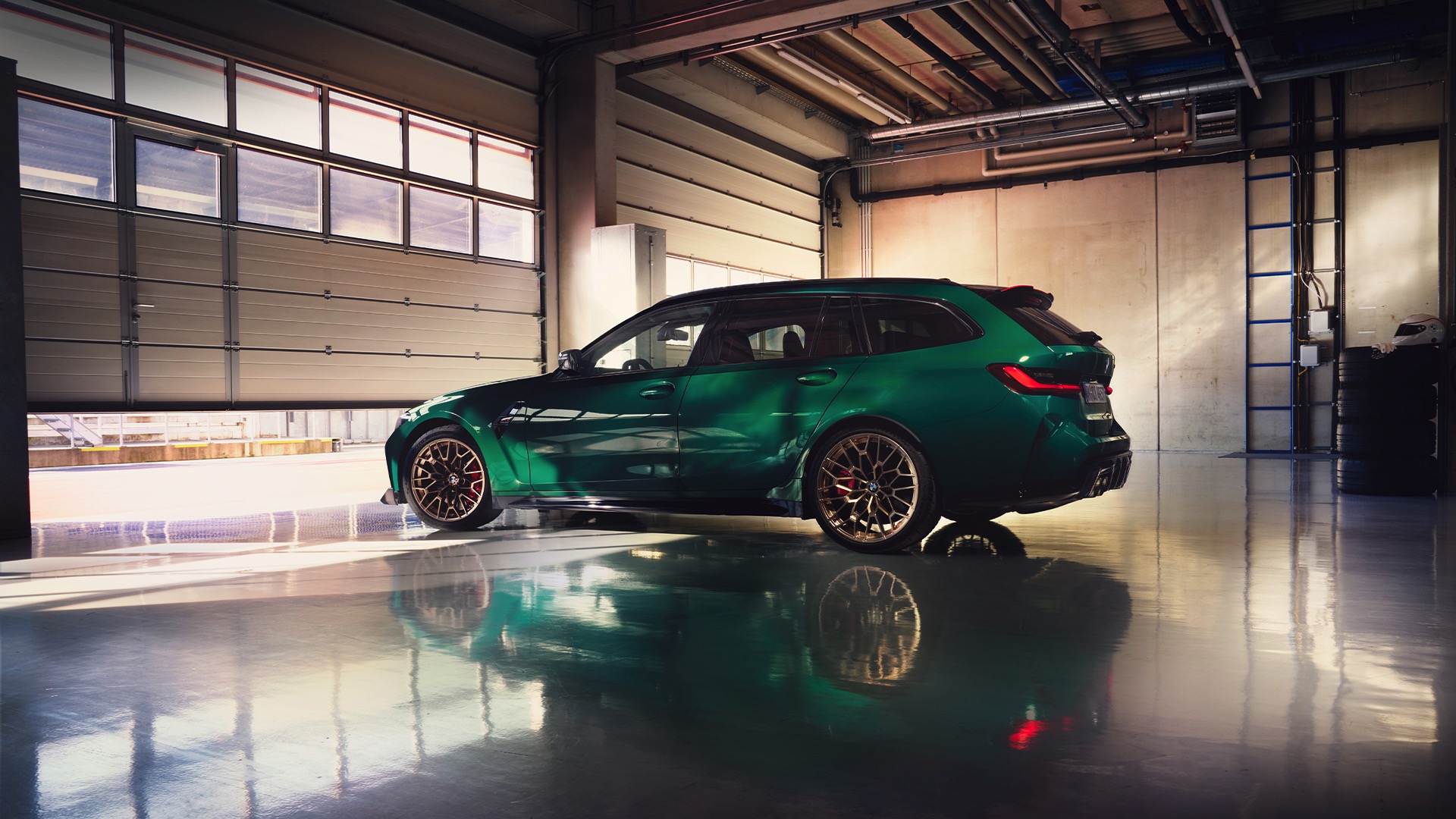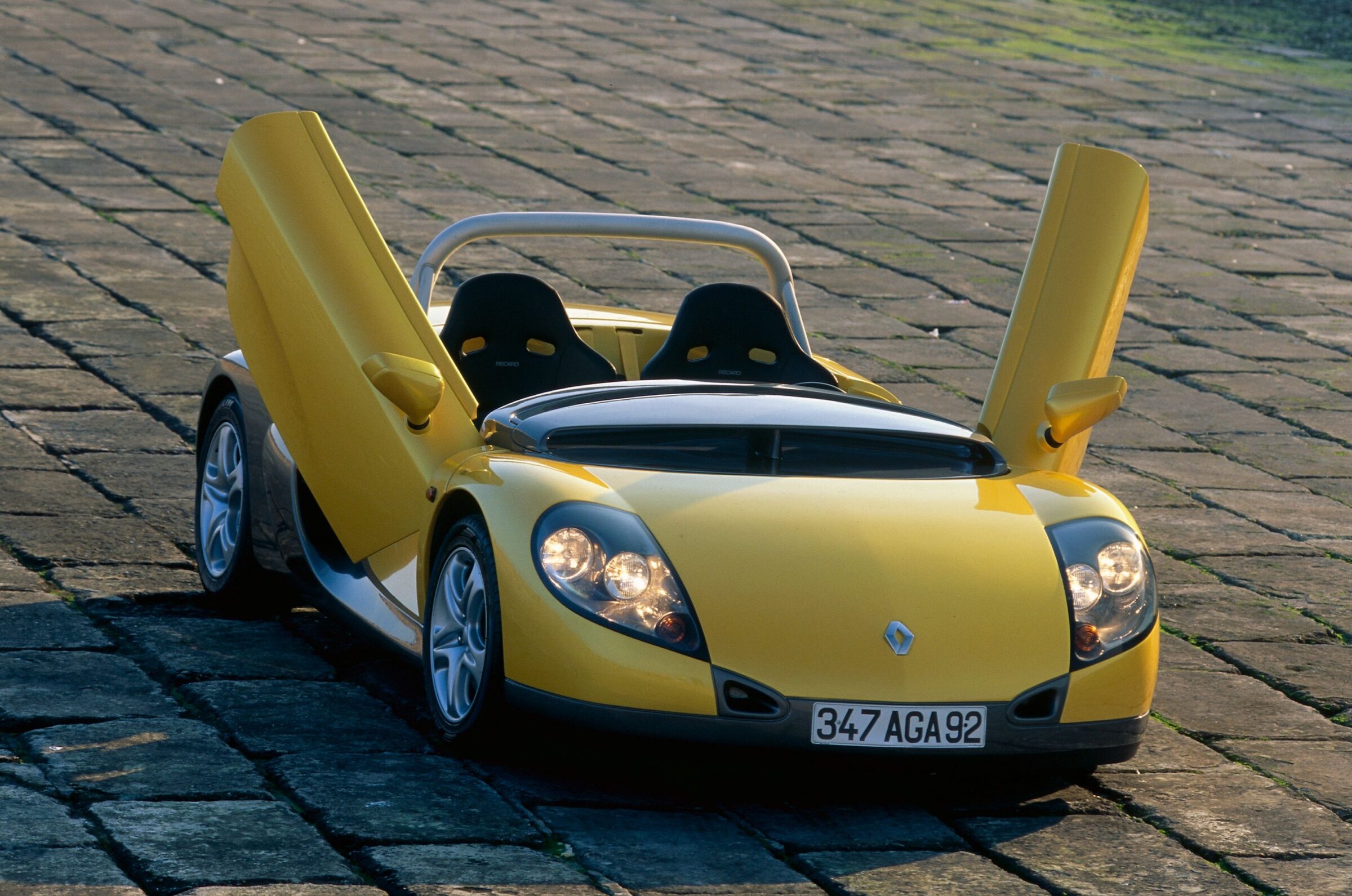Maserati A6 1500/3C
Do you know the first new model of Maserati after World War 2? Probably not, as it has remained a rare representative of the sports car genre. As early as December 1914, the Fratelli Maserati (Maserati brothers) had founded their racing company. However, they had to stop their activities immediately for the time being due to the First World War. It wasn’t until 1918 that they were able to slowly establish an excellent reputation in motorsports. After first constructions for Isotta Fraschini and Diatto, own vehicles appeared. Until World War 2, however, these were exclusively pure racing cars, which at most were made roadworthy at the special request of some customers. In 1932, Alfieri Maserati died as a result of a racing accident. His brothers Carlo, Ettore, Bindo and Ernesto continued to run the company, but were unable to repeat the previous successes. In 1937, the steel entrepreneur Adolfo Orsi bought the majority of Maserati.
Development before and during World War 2
Orsi hoped for a decent marketing success for his company empire if his sports car brand would win some races. He therefore adopted the Maserati name for other products such as refrigerators and motorcycles. In the early 1940s, the company moved its headquarters to Modena. After the end of the war, the newly developed Maserati A6 made its debut in 1947, with the sales name 1500 GT in some markets. Under the hood was an engine that the Maserati brothers had been developing since 1936. Due to limited financial resources and their concentration on racing, and finally due to the start of the war, they had repeatedly let the work rest. As a result of which this inline six-cylinder engine wasn’t ready for use until 1945. In addition, together with Alberto Massimino and Vittorio Bellentini, a welded tubular frame chassis was developed. For the first two prototypes, a Barchetta body was produced by Zagato and a Coupé body by Pinin Farina.




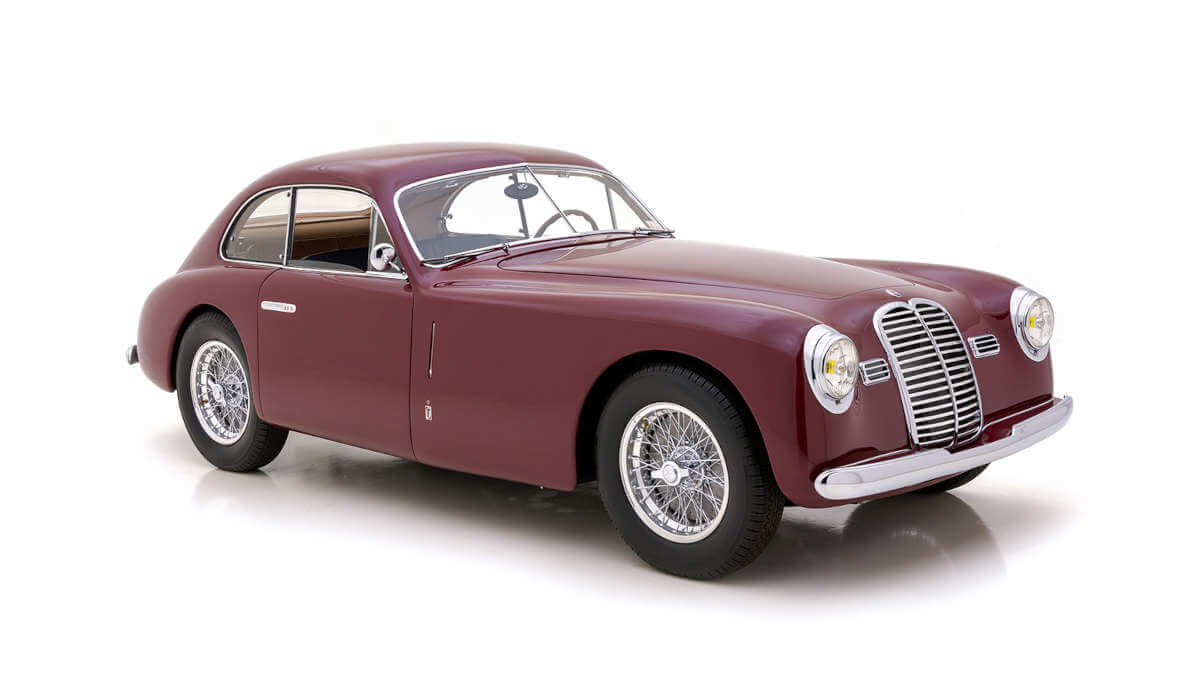



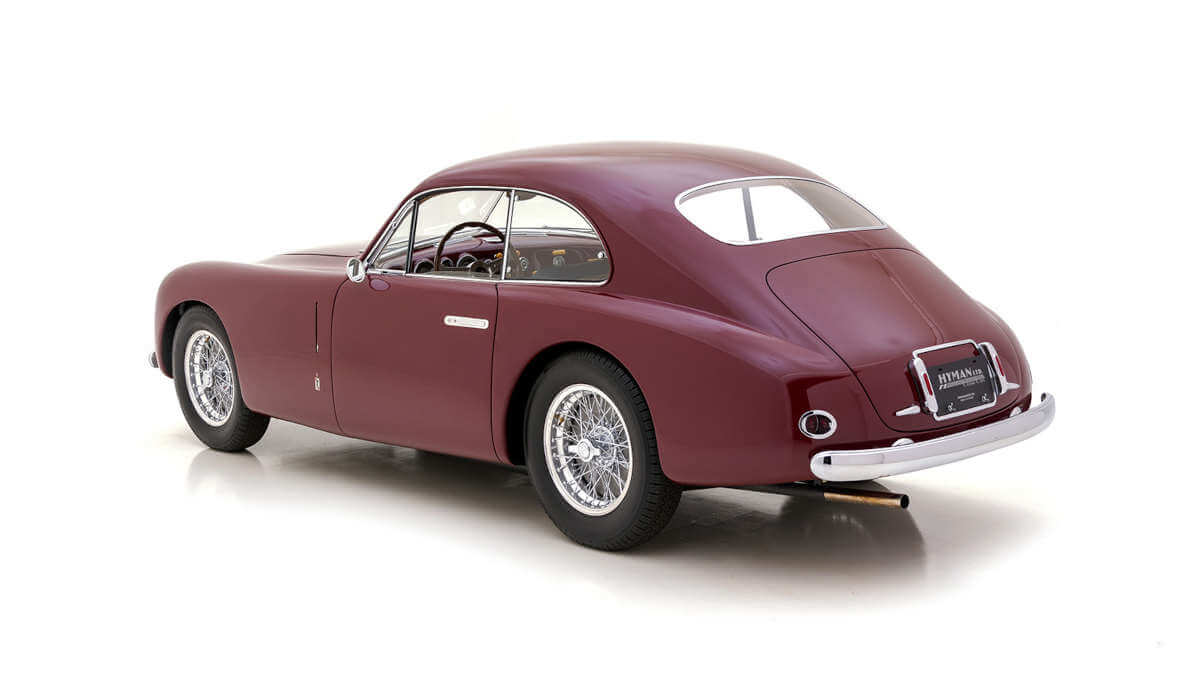



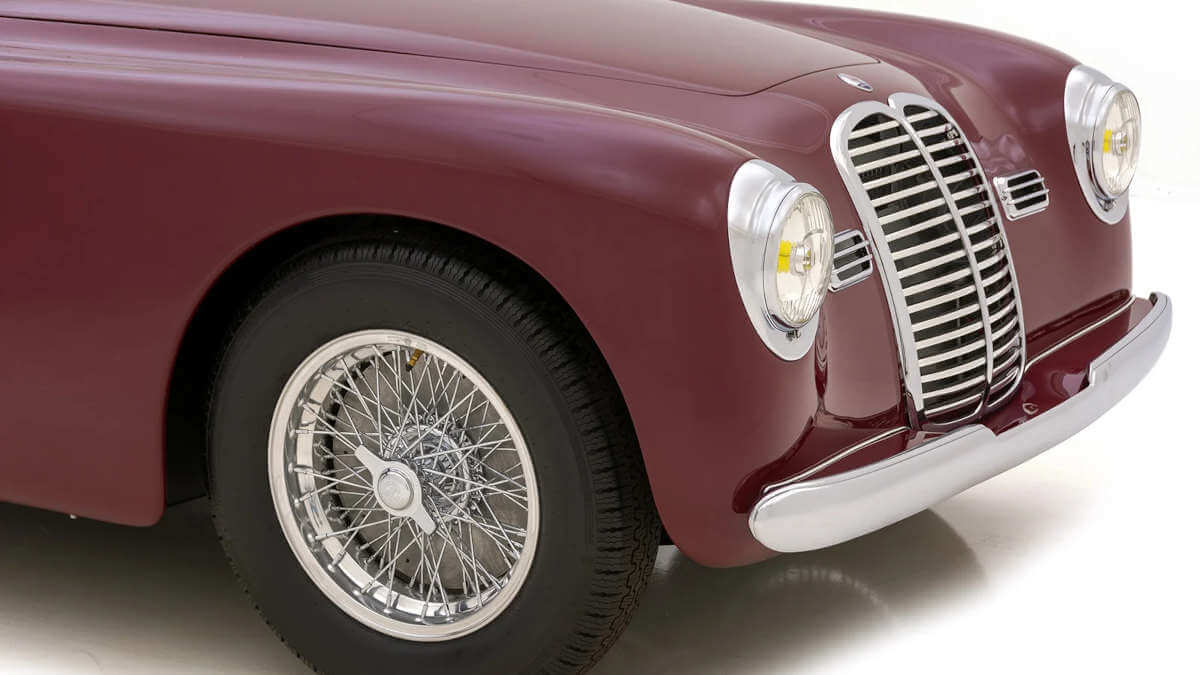



Pinin Farina’s design was well received
The smooth pontoon design by Pinin Farina became the star of the 1947 Geneva Motor Show, and Maserati took this as an opportunity to have almost all the examples of the series production fitted with bodies by Pinin Farina. In the process, however, the coachbuilder repeatedly made minor and major modifications to the design. For example, the headlights were initially located behind metal covers, later they were exposed next to the radiator grille. At the rear, there was a notchback with integrated trunk lid until April 1948. This was dropped in favor of a more streamlined hatchback, which made its debut at the 1948 Turin Motor Show. Next to the Coupé, Pinin Farina also offered a convertible body. Zagato also supplied a few bodies. The 1.5-liter inline six-cylinder engine initially produced 48 kW/65 hp. A rare power upgrade (probably only ordered ten times) was using a Weber triple carburetor, higher compression and sharper camshafts. This produced 66 kW/90 hp. Depending on the body, the A6 only reached between 90 and 95 mph.
Near participation in Le Mans 1950
In 1951, Maserati presented a more advanced version of this first road-going model as the A6G (2000 GT). By then, only 59 production cars and two prototypes of the A6 had been built. A 1949 example with the rare triple carburetor engine is currently for sale at Hyman Ltd. Maserati sent the chassis to Pinin Farina on December 11, 1948, and received it back in July 1949 for final test drives before delivery. On September 15, 1949, Isabella Quarantotti took delivery of the car in Paris. Together with her partner Alexander Ronald “Alec” Smith, she originally planned to enter the Maserati in Le Mans in 1950. However, the two parted ways before the endurance race took place. As a result the A6 1500/3C with chassis number 086 didn’t become the first Maserati at Le Mans. The car instead remained in Signora Quarantotti’s possession for another year after the split.
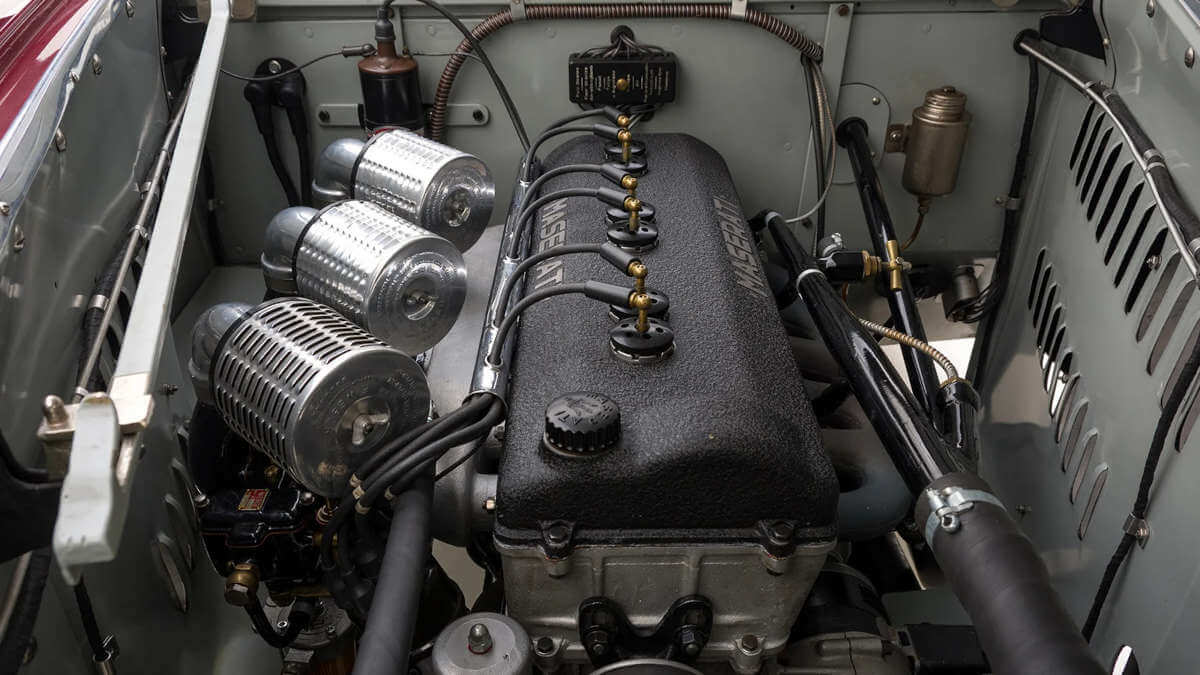



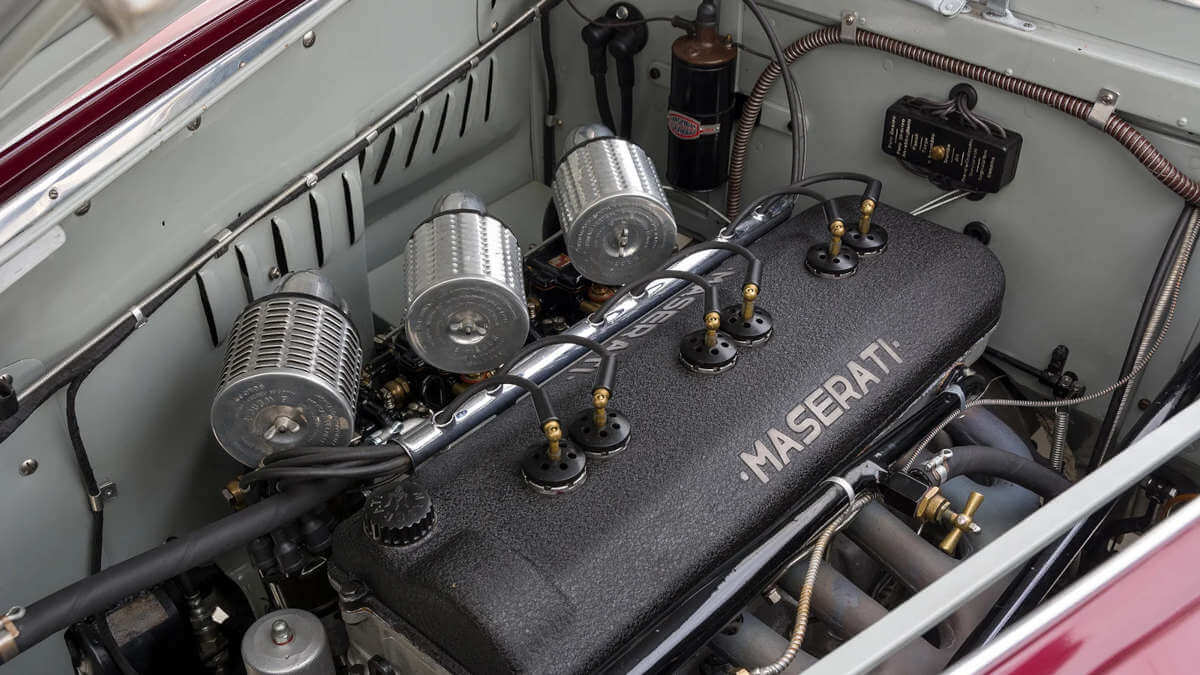

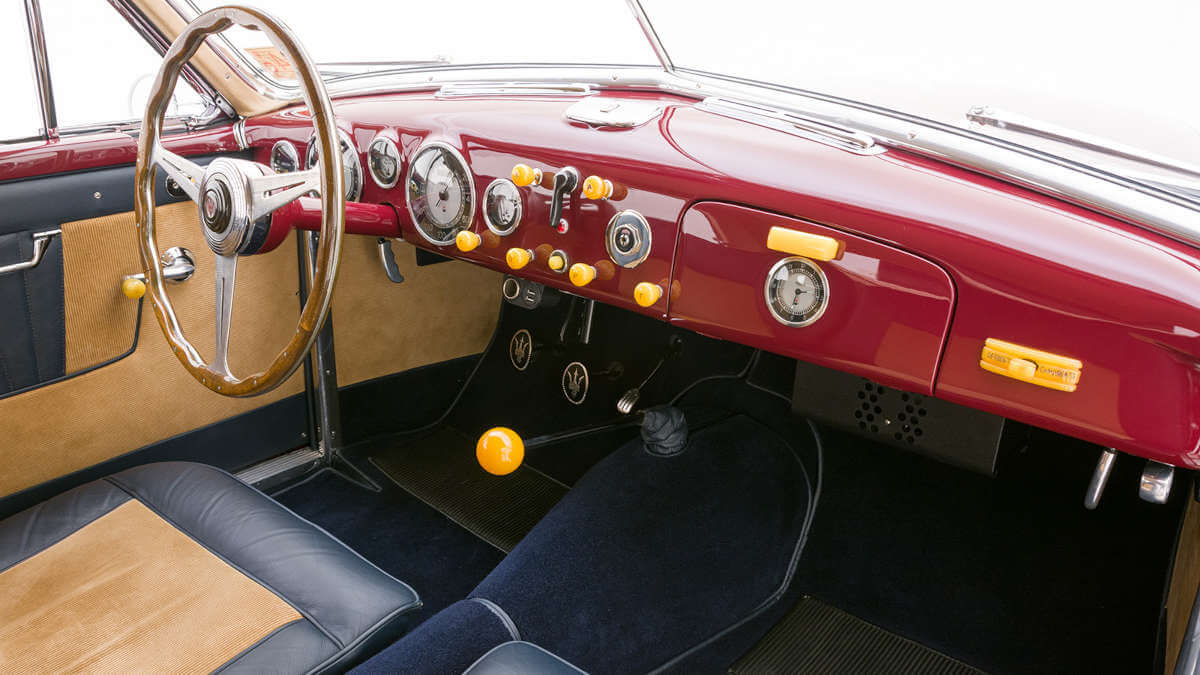





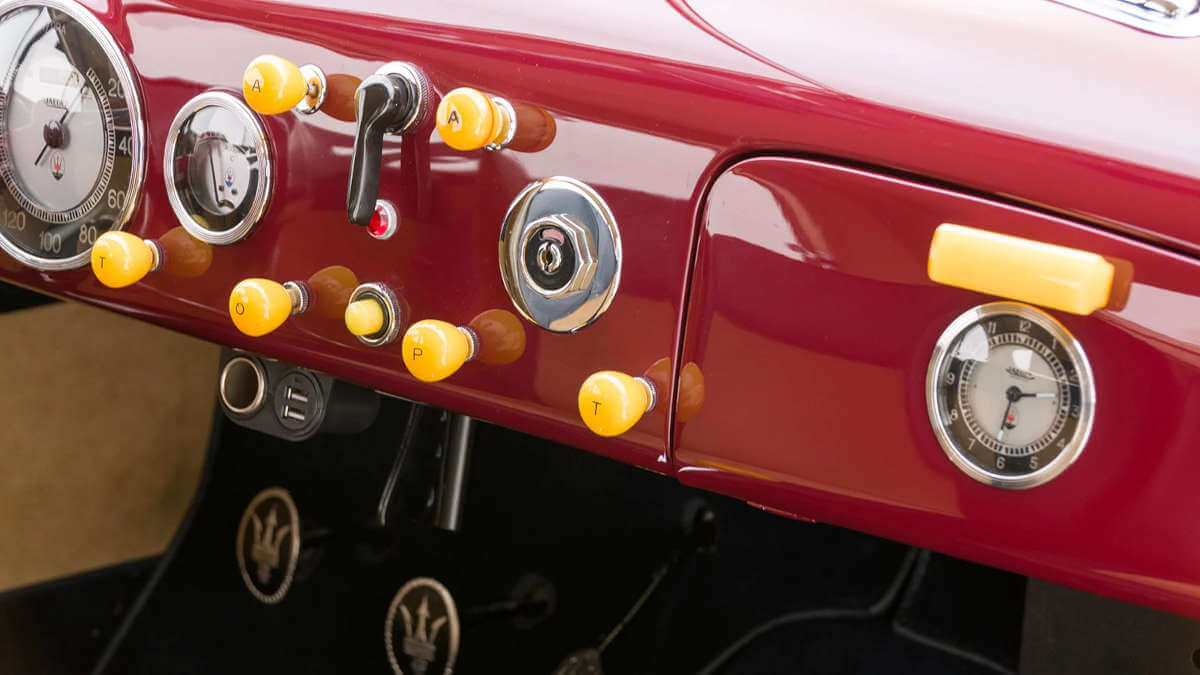

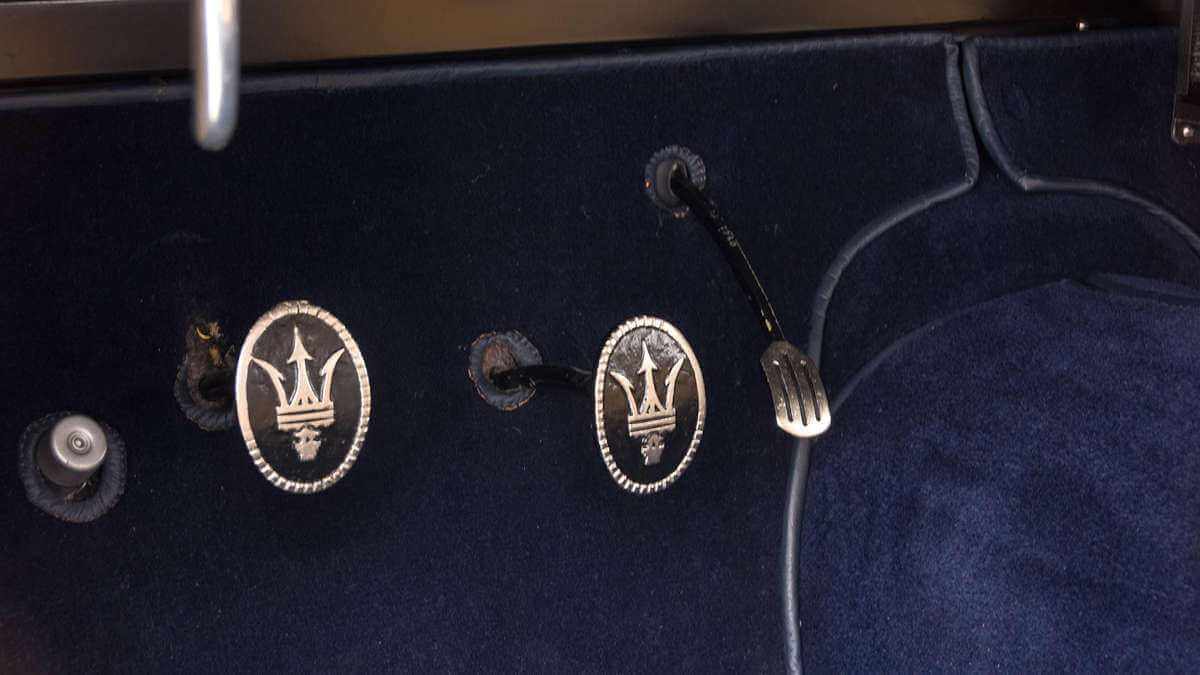



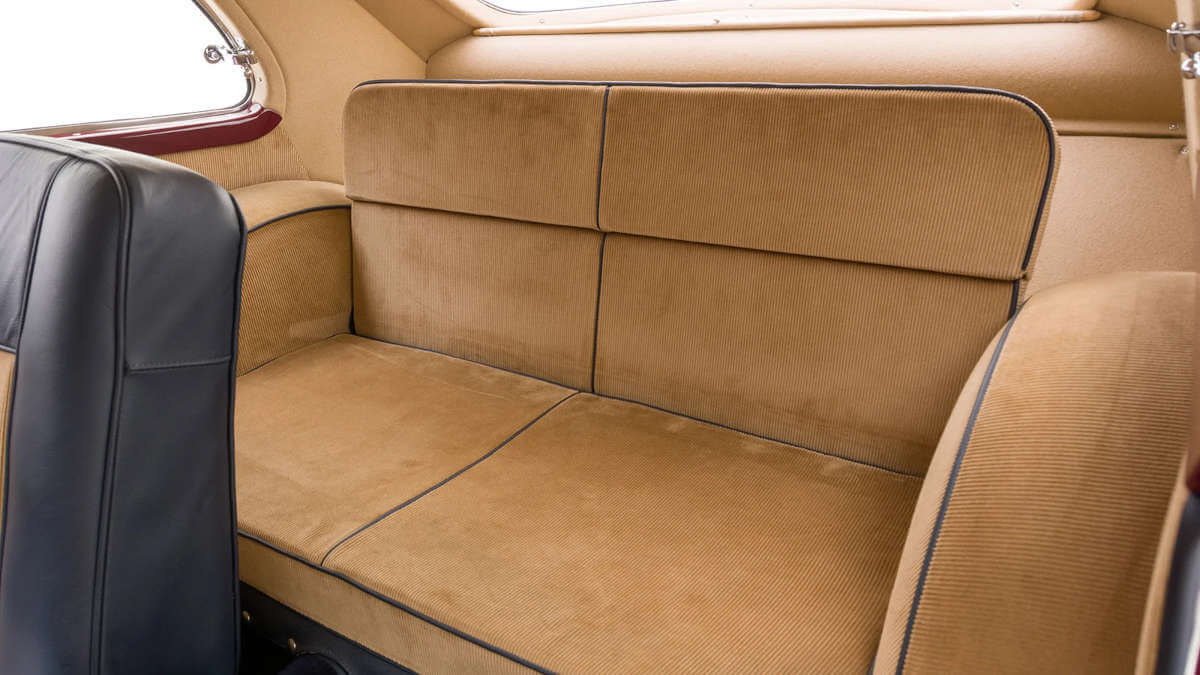



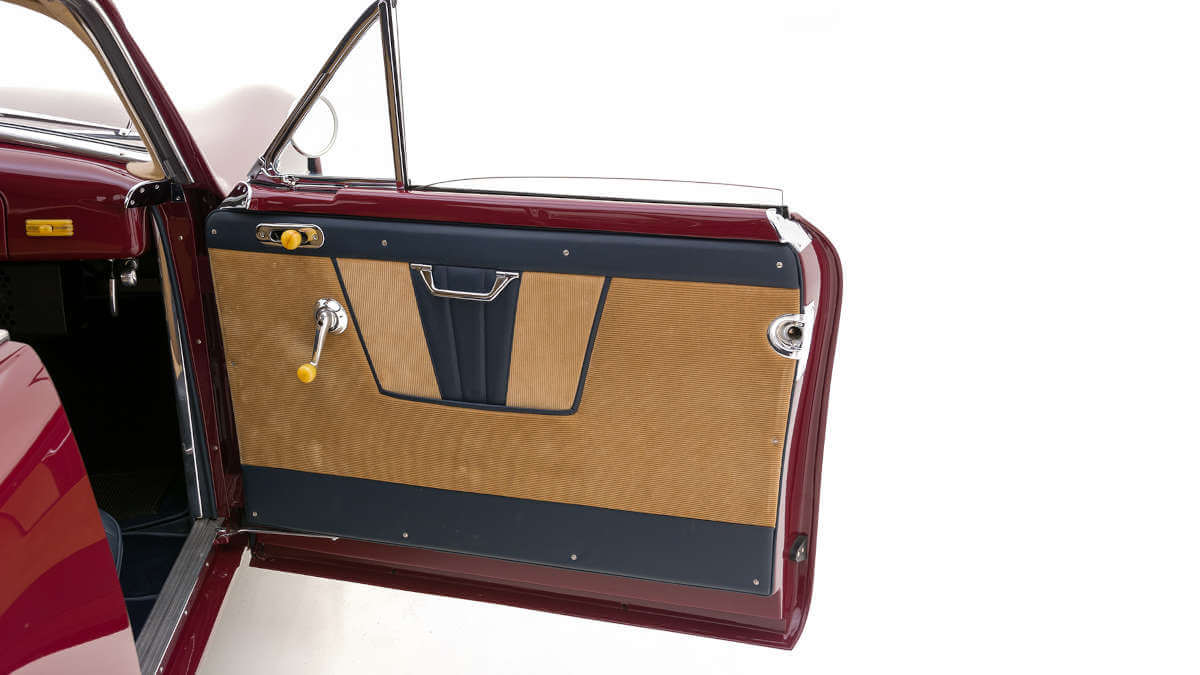



Export to the USA in 1957
At the end of December 1950 Donatello Mennini took over the little driven sports car. He had made his money as a textile entrepreneur, professional soccer player and skier. In 1952, Celestina Basini followed him, and in July 1953 Larry James Pichichero, a U.S. soldier stationed in Livorno, became the next owner of the Maserati. Together with his friend Thomas Martin, he took part in various small racing events in Italy. At the end of 1957, Ernest Nanson from California discovered the A6 1500 at a used car dealer during a trip to Italy. He purchased the sports car, took it home and kept it for 22 years. William McKinley bought the car from him and had Performance Painting do a little restoration including repainting it Ruby Red instead of the original light grey. In the years that followed, the car was part of various collections, including the Blackhawk Collection, and participated in high-class events.
On offer at Hyman Ltd.
After participating in the 2006 Mille Miglia Retro, the Maserati A6 received a complete restoration. Due to the high level to detail and quality offered, the total price under the final bill is only a little surprising: US$ 350,000. However, the Ruby Red of the previous restoration was retained. In addition, the car was fitted with Borrani wire wheels. The original rims still belong to the car and will be handed over by Hyman Ltd. to the next owner of the car. However, he or she has to part with US$ 625,000 beforehand. A tidy price for a fine example of the only road-going sports car ever developed by the Maserati brothers. They left their company at the end of 1947 in a dispute with Adolfo Orsi.
Images: Hyman Ltd.


